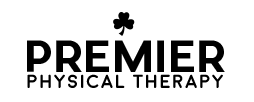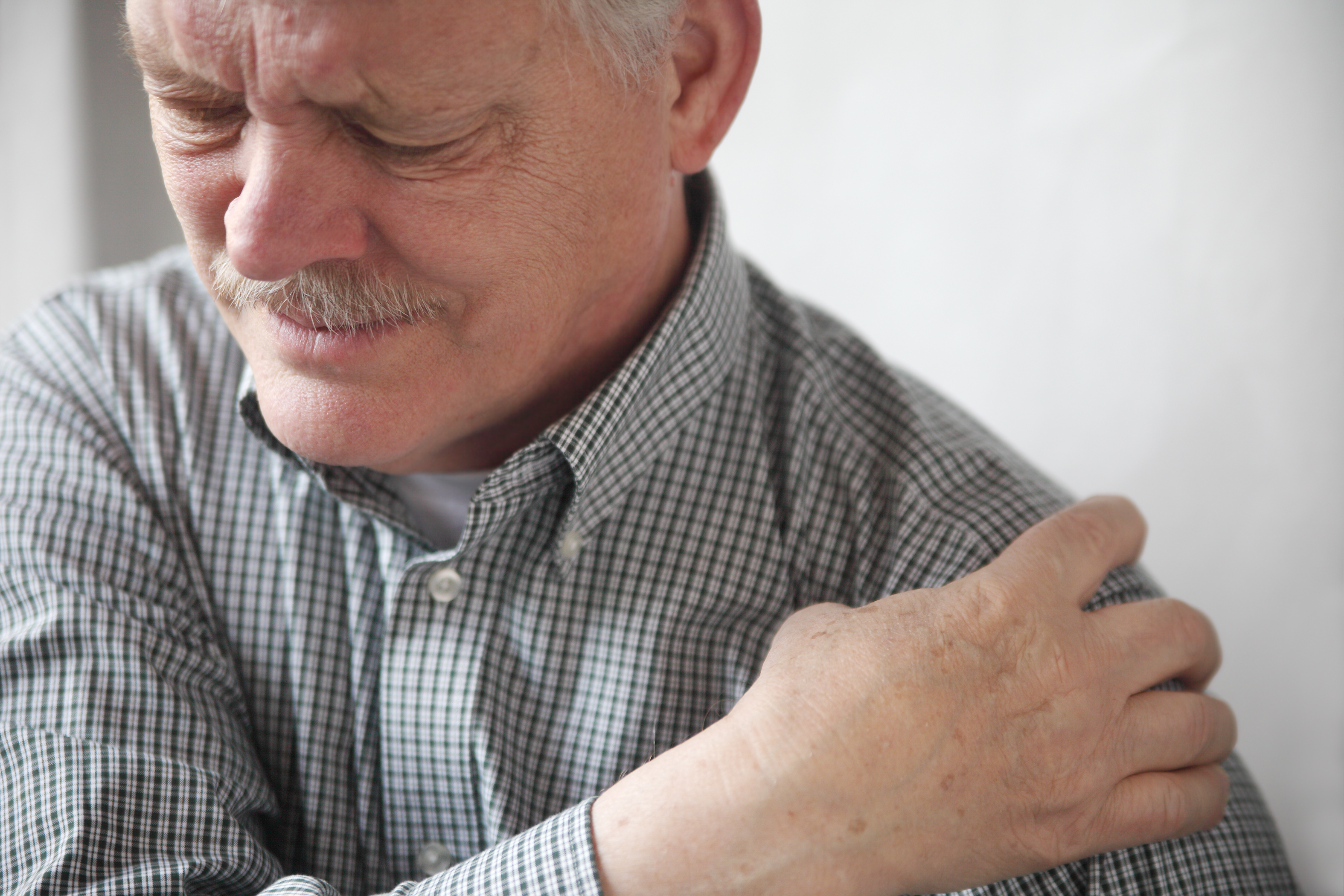Shoulder pain is something a lot of people experience. Did you know that shoulder pain could be a result of damage to a rotator cuff? That’s right, shoulder pain that comes along with specific motions or that is noticed during sleep could be a result of issues with a rotator cuff.
WHAT DOES THE ROTATOR CUFF DO?
Most people don’t think about their rotator cuff until they experience pain or lack of function. An issue with a rotator cuff can play a major part in shoulder pain. In fact, the rotator cuff is used many times a day to do even basic activities, such as throwing a baseball, lifting objects overhead or even brushing hair and teeth. The rotator cuff is made up of muscles that surround your shoulder joint, which guide your shoulder during movement. When your rotator cuff is damaged, pain, inflammation and loss of range of motion can be the result.
HOW DOES A ROTATOR CUFF BECOME WEAKENED OR INJURED?
Usually, an injured shoulder is a result of you moving your shoulder in a forceful or repetitive movement. Shoulder injuries are pretty common, especially when you get older. Studies show that 30% of individuals under the age of 70 and 70% of those over the age of 80 have experienced a rotator cuff tear. However, an injured rotator cuff can happen to anyone, no matter his or her age.
HOW TO RELIEVE SHOULDER PAIN:
Thankfully, there is hope for you to relieve your shoulder pain. This recovery comes with strengthening of the shoulder and practicing proper motion. Your goal isn’t treating the rotator cuff itself, but instead, healing the muscles and tendons, which can be accomplished with physical therapy.
SPECIFICS ON HOW YOU CAN IMPROVE YOUR SHOULDER PAIN: WHAT CAN YOU DO?
Here are some easy-to-follow tips to improve your shoulder pain:
- Ice and rest your shoulder frequently. Ideally, you will want to ice for around 10 minutes, directly on the joint. Don’t worry if this causes the middle of your arm to ache. This is common.
- Hug a pillow while you sleep, tucking the pillow deep in your underarm. This works by keeping your shoulder joint properly spaced.
- Stand against a wall and squeeze your shoulder blades back and together. Be sure you don’t shrug your shoulders. This exercise will help retrain your shoulder to maintain proper posture.
- Avoid heavy lifting. Heavy lifting can include repetitive reaching over your head, even if the object you are placing overhead is light. Also, avoid carrying groceries on your injured shoulder side.
If your pain doesn’t go away in 3-4 days of making these changes, you should seek help from a physical therapist. The purpose of physical therapy is to improve the function of the muscles surrounding your shoulder. This helps the mobility of the joint. Physical therapy specifically targets the small, but significant muscles in the shoulder that are often neglected. When you strengthen these muscles through physical therapy, you can better compensate for the damaged tendons.
Ready to get started with Physical Therapy? We make it easy! Call Premier today to schedule an appointment at 573-335-7868


